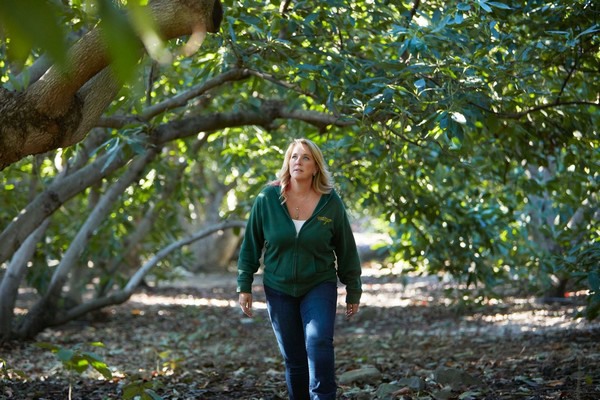Although it’s early and its first handler survey forecasting the upcoming California avocado season volume isn’t expected until next month, right now the California Avocado Commission is planning for a normal size crop.
There are trends from the last season that look to continue for the 2021-2022 crop. “Bags have continued to gain market share at retail and we expect that trend to continue,” says Jan DeLyser, vice-president marketing for the California Avocado Commission based in Irvine, CA. “Bagged avocados allow handlers to feature graphics that prominently call out the California origin on the fruit.”
DeLyser also adds that the Commission is developing marketing plans for the 2022 season that support both bulk California avocados and for those in bags.
All of this follows a season where early spring projections came out fairly close to the final avocado numbers for the California season at 264 million lbs.--this includes about 7 million lbs. of carry out from the 2020 season. “Due to California avocados being an alternate-bearing crop and other factors, the harvest was smaller than 2020, but it was considered a successful season,” says DeLyser.
 California avocado grower Rachael Laenen. Photo: California Avocado Commission.
California avocado grower Rachael Laenen. Photo: California Avocado Commission.
Contending with climate
This despite challenges that California growers of numerous commodities experienced. “Drought, water availability and the cost of water continue to be challenges for California avocado growers. Some growers also dealt with a lot of wind,” says DeLyser. “There were some periods of high heat last year, but fortunately they were not as dramatic as in 2019. Other than in burn areas where flooding can be a risk with heavy rains, the recent precipitation was very welcome in California avocado growing regions.”
She also notes that as with other crops in the state, the forecast for a relatively dry season in 2022 is concerning. “California avocado growers continually work to hone their planting and irrigation practices for overall sustainability,” she says.
Thankfully, the logistics challenges affecting the supply chain, though present, haven’t been as acutely felt as they were in other commodities. “Anyone looking out at the ships off of California’s harbors can attest, shipping by sea is presenting enormous challenges,” says DeLyser. “With the majority of the California avocado harvest destined for the Western U.S. and little need for ocean transport, there is a clear advantage for customers in this region to source locally when supply is available.”
 For more information:
For more information:
Marji Morrow
California Avocado Commission
Tel: +1 (323) 456-6751
mmorrow@avocado.org
www.CaliforniaAvocado.com
